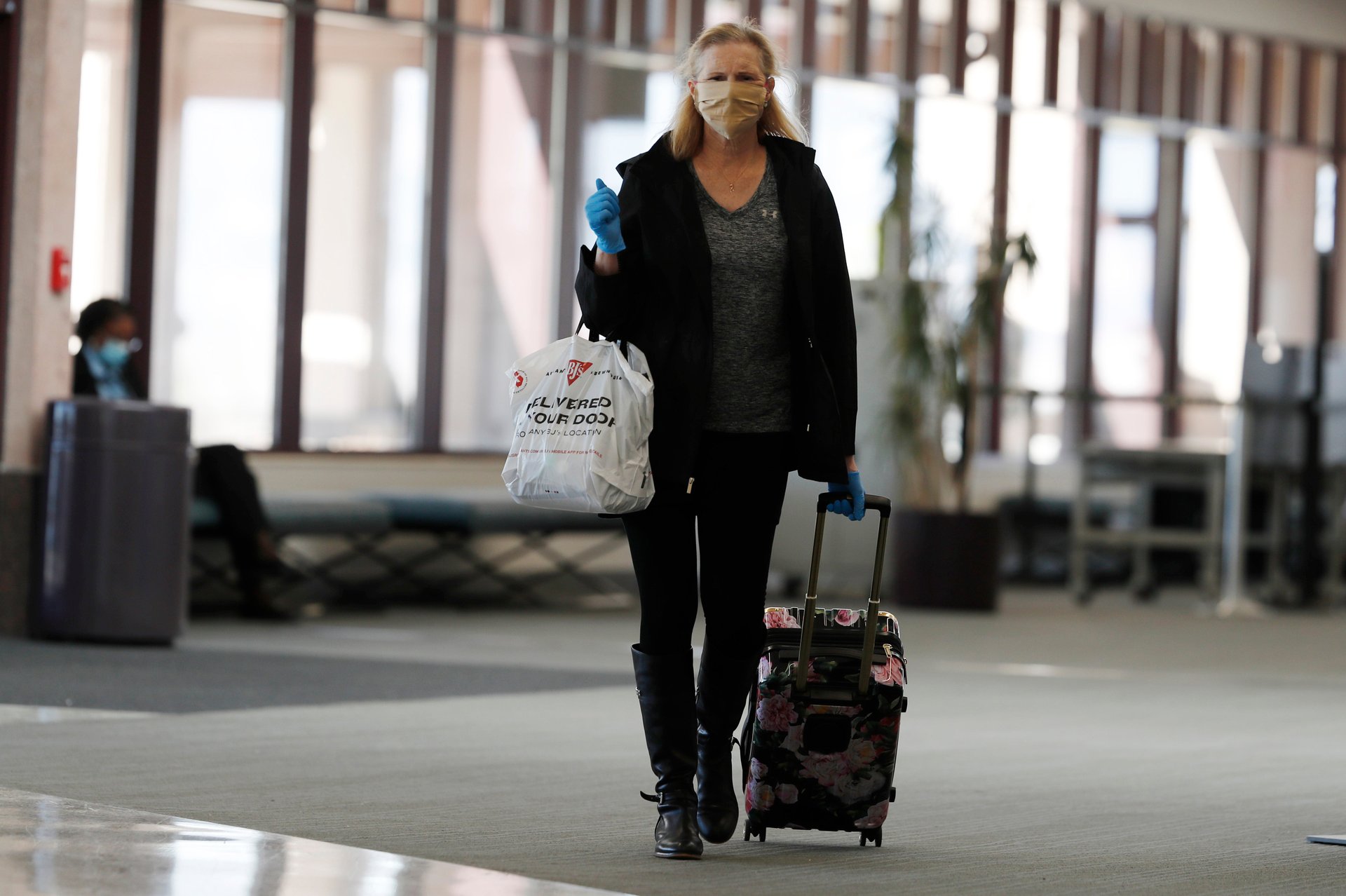Why are airplanes still flying?
In the quiet of lockdown, the occasional whine of a passing jet is a conspicuous reminder of a surprising truth: Airplanes are still flying.


In the quiet of lockdown, the occasional whine of a passing jet is a conspicuous reminder of a surprising truth: Airplanes are still flying.
On a given day earlier this month, more than 8,000 flights made their way across the US, albeit down from 35,000 a year earlier, according to aviation data provider OAG.
Pilots and flight attendants have called for an end to many of these flights, which they say put them in danger and help to spread the coronavirus. In a letter dated April 23, Sara Nelson, president of the Association of Flight Attendants union, called on the Department of Transportation (DoT) to suspend leisure travel altogether, as well as to mandate—and provide—masks for crew, employees and passengers. More than 250 union flight attendants out of about 50,000 members had contracted the virus so far, she wrote, while some had died from it.
But airlines have little choice in the matter. The generous bailout package from the US government, which includes payroll grants and loans, requires US airlines to continue providing service at a level set by the DoT “to ensure services to any point served by that carrier before March 1, 2020,” according to the CARES Act. Airlines have not been permitted to consolidate routes or share them with each other over antitrust concerns.
There are a few reasons to keep these flights going, according to the Act: to prevent “small and remote communities” from being cut off, and to maintain pharmaceutical supply chains. Healthcare workers from across the US have also used these flights to travel to other parts of the country to provide services; for people who have to travel to be with unwell or dying family members, they’ve been a godsend.
But not every traveler is so scrupulous. Social media abounds with photos and videos geotagged to airports, with people apparently traveling in order to attend parties, catch up with friends or family, or simply get out of town. While some of these flights are mostly empty, others are between 80% and 90% full, with only some passengers wearing masks.